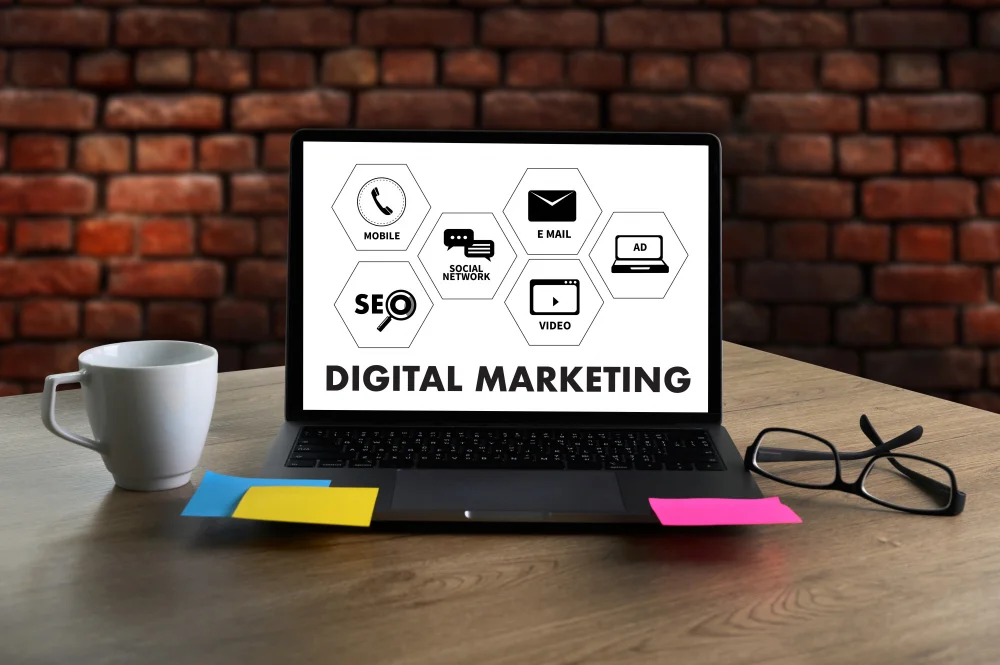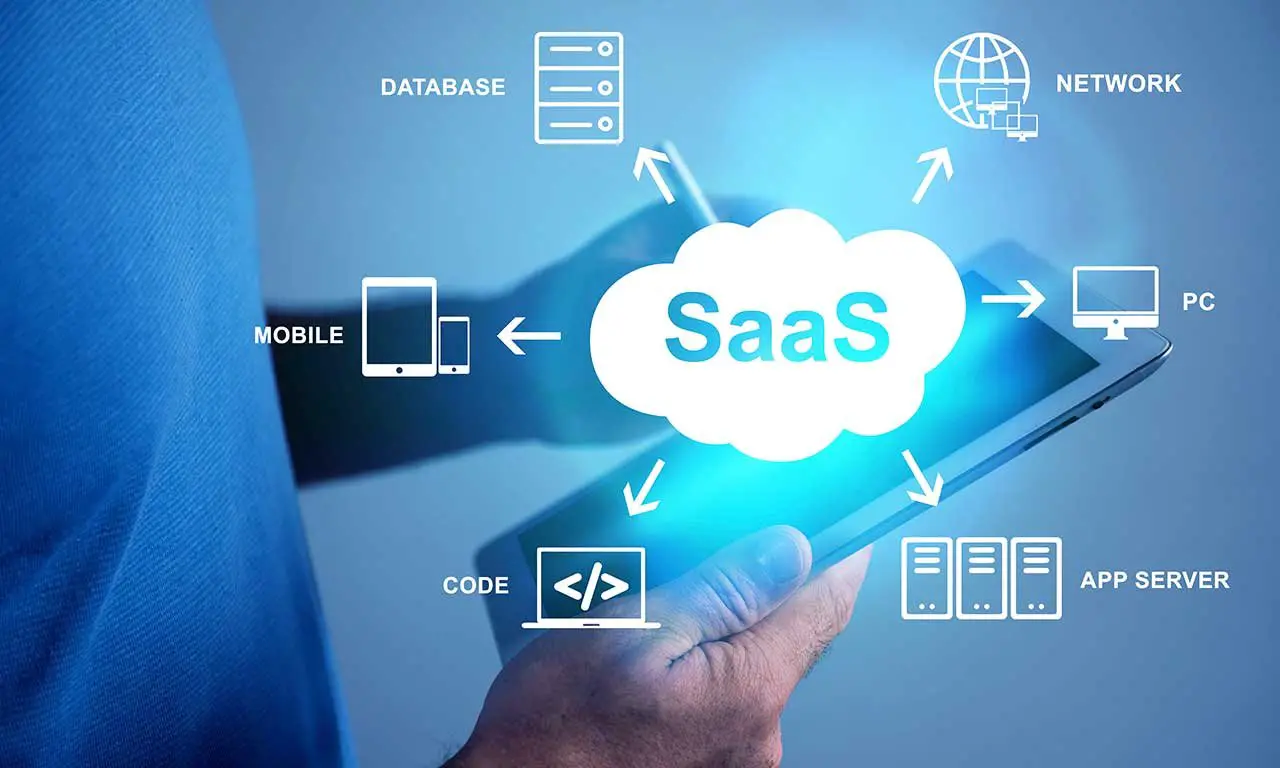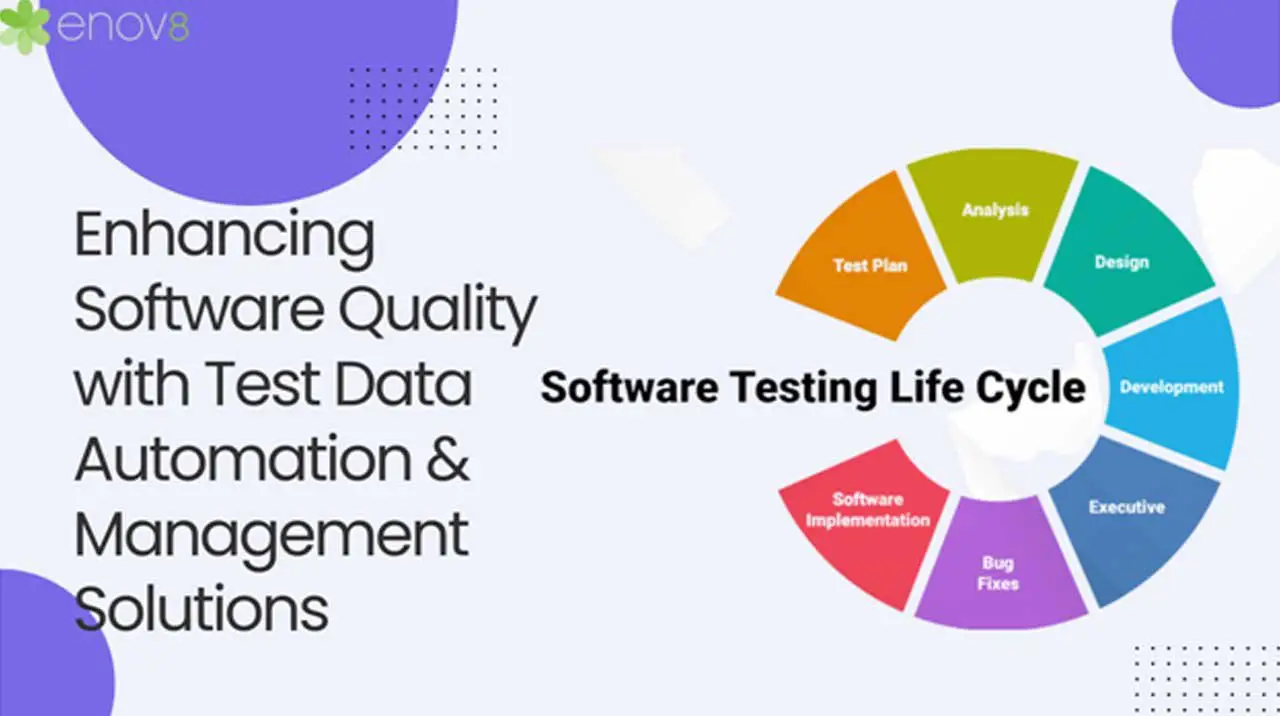In the bustling urban landscape, efficient public transportation is the lifeblood that connects cities, enabling millions to move seamlessly from one point to another. Yet, in an era dominated by digital connectivity, the integration of public transport with digital marketing strategies has become increasingly vital. By harnessing the power of digital marketing, transportation authorities and service providers can enhance passenger experiences, increase ridership, and foster stronger connections between cities. Let’s explore some effective integration strategies in this regard.
Digital Ticketing Platforms: One of the most impactful ways to integrate public transport with digital marketing is through the adoption of digital ticketing platforms. By offering mobile ticketing apps, passengers can purchase tickets conveniently from their smartphones, eliminating the need for physical tickets or cash transactions. These apps can also serve as powerful marketing tools, allowing transportation authorities to send targeted promotions, discounts, and notifications to passengers, driving engagement and encouraging repeat ridership.
Real-Time Updates and Alerts: Leveraging digital channels such as mobile apps, social media, and email newsletters, transportation authorities can provide passengers with real-time updates and alerts about service disruptions, delays, or route changes. By keeping passengers informed and empowered, these digital communications not only enhance the overall passenger experience but also foster trust and loyalty towards public transport services.
Geo-Targeted Advertising: Digital marketing enables transportation authorities to deliver hyper-targeted advertising campaigns based on passengers’ geographic locations. By analyzing passenger data and leveraging geo-targeting technology, authorities can deliver relevant ads promoting public transport services, routes, and events to individuals within specific city areas or neighborhoods. This personalized approach increases the likelihood of engagement and conversion, ultimately driving ridership and revenue.
Social Media Engagement: Social media platforms offer a powerful way for public transport authorities to engage with passengers and communities. By maintaining active profiles on platforms like Facebook, Twitter, and Instagram, authorities can share service updates, safety tips, and promotional offers, fostering a sense of community and connection among passengers. Encouraging user-generated content and interactions further amplifies the reach and impact of digital marketing efforts.
Content Marketing and Education: Digital marketing provides an opportunity for transportation authorities to educate passengers about the benefits of public transport and promote sustainable travel behaviors. Through content marketing initiatives such as blog posts, articles, and videos, authorities can highlight the environmental, economic, and social advantages of using public transport. By positioning public transport as a convenient, eco-friendly, and cost-effective mode of travel, authorities can attract new riders and promote a culture of sustainable mobility.
Guest Post Strategy:
As transportation authorities explore digital marketing integration strategies, they can further amplify their online presence and reach by incorporating guest posting opportunities within the transportation industry. By collaborating with relevant blogs, websites, and publications, authorities can share valuable insights, updates, and best practices with a broader audience. Incorporating anchor keywords like transport guest posting into guest posts not only enhances search engine visibility but also drives targeted traffic to authoritative sources, strengthening the overall digital marketing strategy.
In conclusion, the integration of public transport with digital marketing strategies offers immense potential for enhancing passenger experiences, increasing ridership, and fostering stronger connections between cities. By leveraging digital ticketing platforms, real-time updates, geo-targeted advertising, social media engagement, and content marketing initiatives, transportation authorities can position public transport as a convenient, reliable, and sustainable mode of travel. By incorporating strategies like “transport guest posting”, authorities can further amplify their digital marketing efforts and drive positive outcomes in the ever-evolving urban transportation landscape.


















